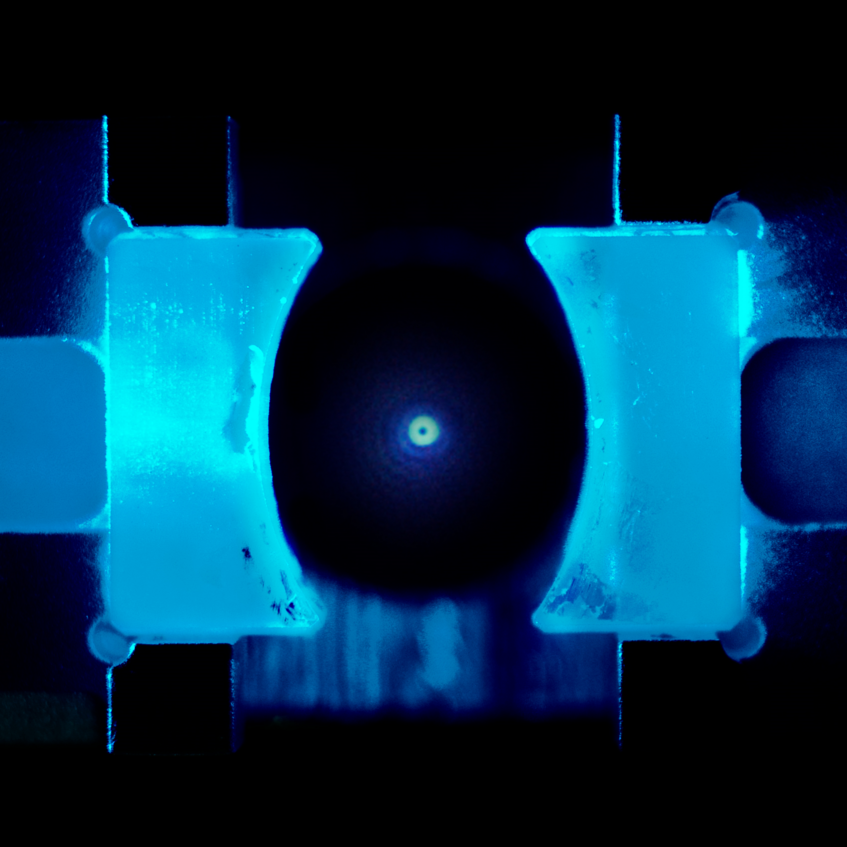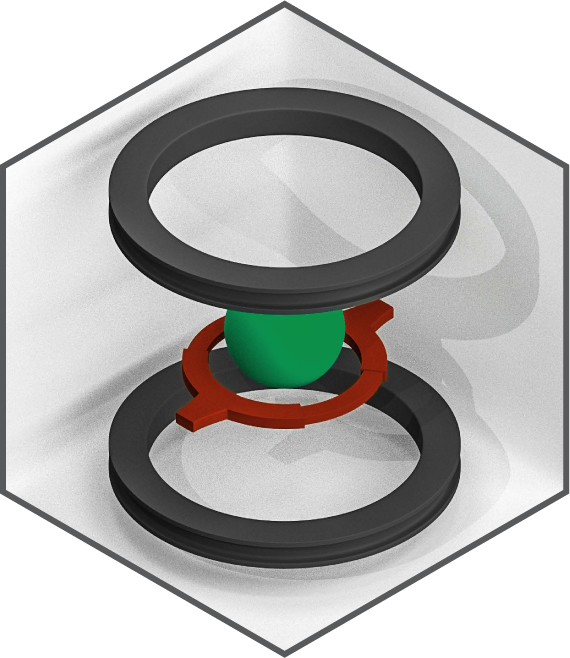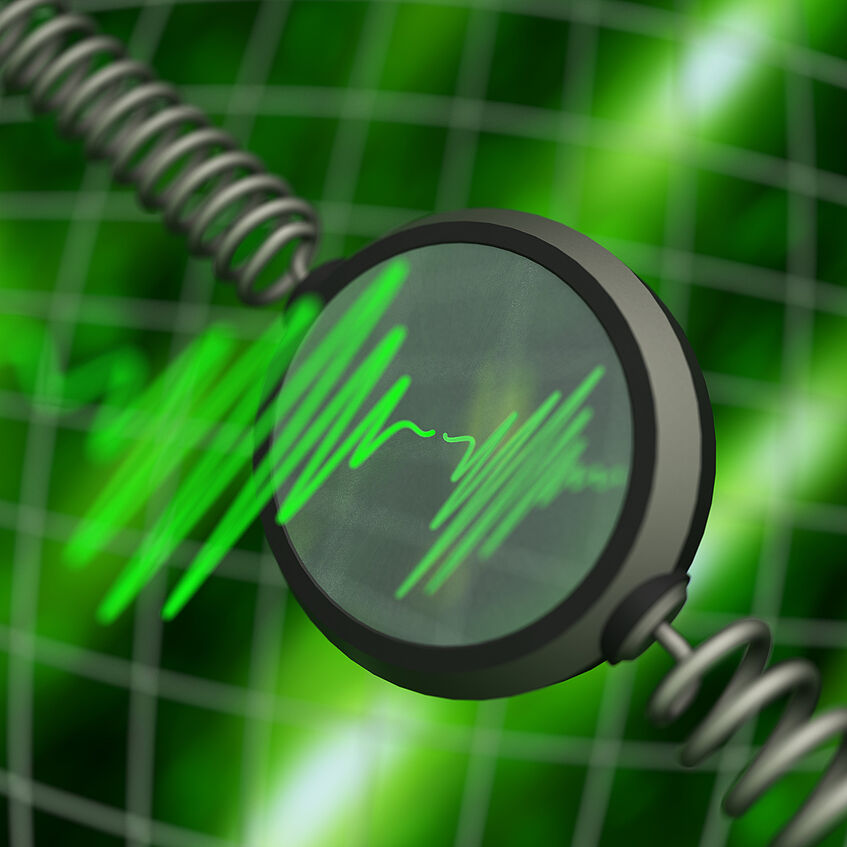Research
“How does a quantum object gravitate?”, “How far can we push massive objects into the quantum regime?”, “How well can we measure gravity of microscopic systems?”. Such questions and their implications for the foundations of physics are the driving force behind our research. To address them we are developing quantum measurement and control techniques to investigate and utilize quantum states of motion of massive solid state objects. We are also developing inertial precision sensing techniques to measure the gravitational field of the smallest possible source masses. Our research aims to provide new insights on macroscopic quantum physics, on gravity at small scales and, in the long run, on the phenomenology of the gravity-quantum interface in table-top experiments.
Quantum Optomechanics and Quantum Measurement

We are using and expanding the toolbox of quantum optics, atomic physics and control theory to prepare and measure non-classical states of motion of increasingly massive solid state objects. Our group has been contributing to the development of the field of quantum optomechanics since the beginning, for example with implementations of various variants of laser cooling, demonstrations of strong coupling and quantum entanglement, as well as with introducing novel optomechanical systems, protocols and applications (see our list of publications). Our current focus is on sub-micron particles that are optically trapped in high vacuum and manipulated either through interactions with an optical cavity (1), through real-time quantum feedback (2), or through the dynamics in a complex potential landscape (3).
Levitated Superconducting Gravimeters

We explore the levitation of magnets and superconductors at ultracold temperatures to establish dense, heavy objects as quantum systems with long coherence times. To do so, it is imperative that we decouple our levitated test object from the environment, while remaining full experimental control. To reach the temperatures at which our test objects manifest quantum features, we have implemented an ultracold cryogenic platform in which we use superconducting particles as our test objects and levitate them using a magnetic trap in a 20mK environment. The motion of the particle is measured by dc-SQUID sensors, which can be coupled to superconducting cavities for full quantum optical control.
Precision Tests of Gravity with Microscopic Source Masses

We are motivated by the question how well one can isolate gravity as a dominant coupling force between small-scale physical systems in table-top experiments. In other words: how small can one make a gravitational source mass and still detect its gravitational coupling to a nearby test mass? Such precision tests of gravity in the regime of small mass and small distance are connected to open fundamental physics problems including searches for speculative scalar fields as origins of dark energy or the unification of gravity with the other three fundamental interactions through String theory. They also connect to the challenge of ultimately performing a quantum-Cavendish experiment that probes the gravitational field of source masses in spatial quantum superposition states.
Quantum Tests of Gravity and Gravitational Quantum Physics

We investigate the phenomenology of gravitational effects in the quantum regime. Together with the group of Časlav Brukner we have been identifying low-energy consequences of quantum theories of gravity for table-top experiments and studying the relevance of quantum superposition of gravitational source masses for the quantization of gravity. Current topics include the distinction between coherent and incoherent sources of gravity, and in general phenomena of the quantum nature of gravity (or its fundamental absence).
